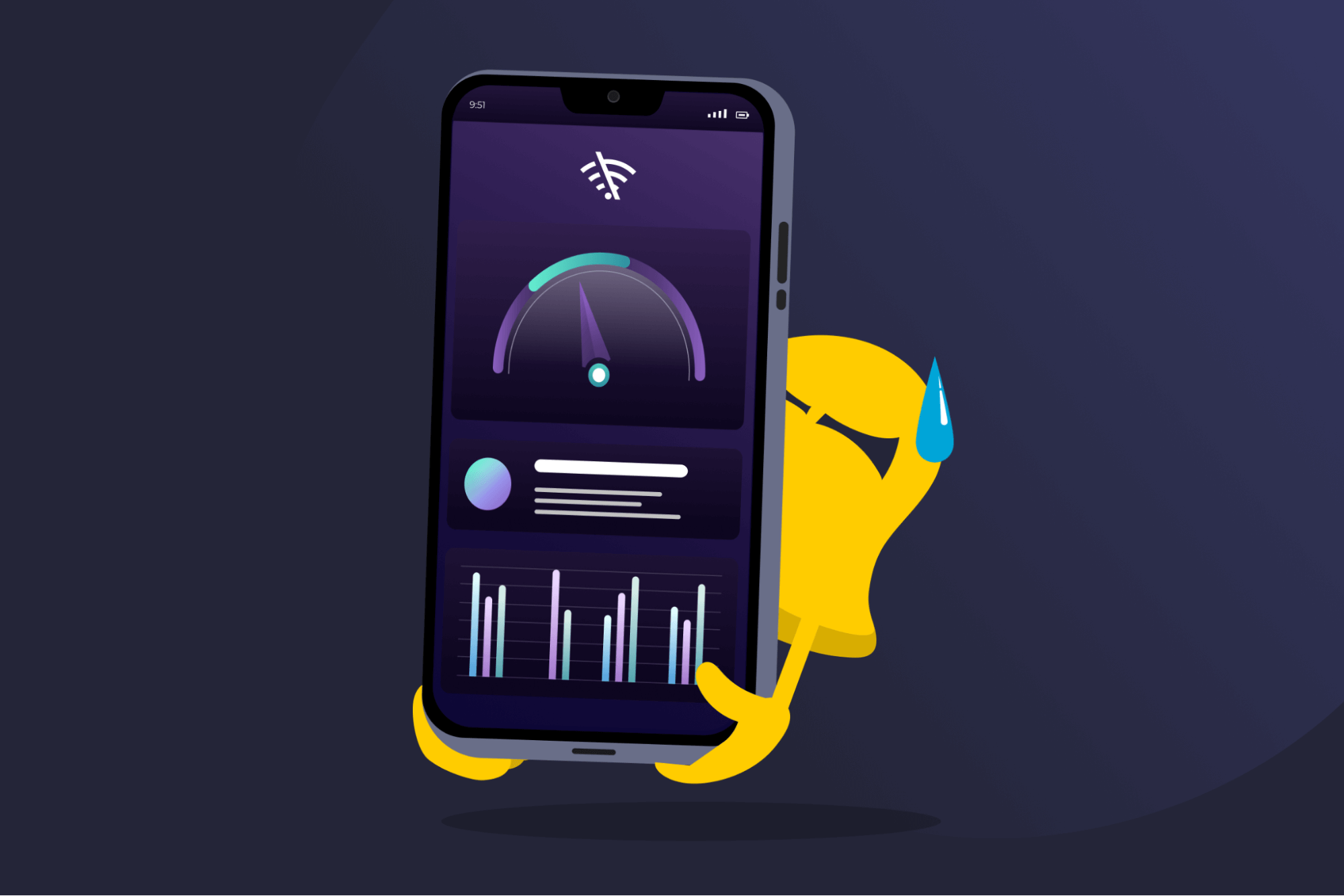Thick Client

Thick Client Definition
A thick client (also known as a fat or rich client) is a type of software that does most of its processing itself on your device. Instead of depending on the internet and external servers, it uses your device’s memory and computing power to run. Thick clients don’t typically need a constant internet connection to work, which makes them useful for handling complex or heavy-duty tasks offline.
Common Thick Client Examples
- Microsoft Word, Excel, or Outlook
- Steam games
- Adobe Creative Suite
- Media players
Types of Thick Clients
- Desktop apps: Run entirely on the local machine without an internet connection.
- “Network-aware” clients: Operate locally but can sync data or settings with a server.
- Rich media/game clients: Handle intensive processing, like graphics rendering, locally.
- Enterprise clients: Connect work computers with company resources, such as customer records or team dashboards.
- Hybrid clients: Utilize both local and cloud resources, working offline and synchronizing when online.
Benefits of Using a Thick Client
- Offline access: Lets you work despite having weak or no internet access.
- Faster performance: Reduces lag by handling data and tasks directly on your device (although speed can also depend on your device’s performance).
- Full feature set: Tends to have more features than the thin or web-based clients.
- Better for multimedia: Supports demanding tasks like gaming and video editing with less help from the internet and external servers.
- Greater control: Gives you more control over how the software works.
Thick Client vs Thin Client
| Thick Client | Thin Client |
|---|---|
| Does most of its processing on your device | Relies on the internet and external servers |
| Can work without an internet connection | Needs a constant, stable internet connection |
| Uses more device resources (CPU, memory) | Uses fewer device resources |
| Typically offers many features and tools | Often has limited, lightweight features |
| Better for complex or offline tasks | Better for simple, network-based tasks |
Read More:
FAQ
A thick client is a software application that does most of its processing locally on your device rather than on a remote server over the internet. It typically includes all core functions, runs offline, and saves data locally, syncing with a server (if needed) when you’re back online. Microsoft Office apps, like Excel or Word, are the most common examples of desktop thick clients.
A common example of a thick client is Microsoft Word. It runs locally on your device, doesn’t need constant internet access, and saves files offline. Other examples include Adobe Photoshop, Microsoft Excel, and standalone PC games.
A thick client is also called a fat client or a rich client. All these terms refer to software that handles most of its processing and storage locally on your device rather than relying on a remote server or the internet connection.
Thick clients use your device’s processing power and storage, causing potential system slowdowns, lagging, crashing, and quicker battery draining on low-resource machines. They also need manual installation, updates, and maintenance, which can take a lot of time. Since everything runs locally, managing security and keeping software up-to-date require extra work.

 45-Day Money-Back Guarantee
45-Day Money-Back Guarantee